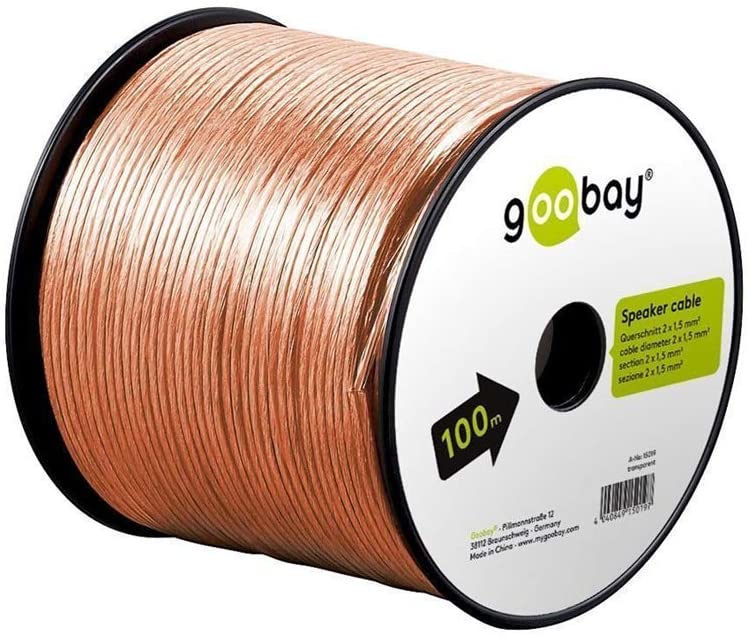

The gauge you need, how much you need, and where you are planning to run the cable all affect which product would best suit your installation. There are several questions you should be able to answer while shopping for speaker wire. Shopping at FireFold means you can find everything you are looking for all at once without a lofty price tag. Whether you are a seasoned professional or just trying to think like one, choosing home theater speaker wire often comes down to the classic combination of quality and quantity. Remember an XLR connector has 3 separate pins, while the TRS connector has 3 contact points.įinally, the RCA, TS, SpeakON, and Banana connectors are unbalanced analog connectors.Vertical Cable 500ft 14 Gauge In-Wall Speaker Wire - C元 14/2 They have 3 wires being positive, negative, and ground. The XLR and TRS connectors I mentioned above are both balanced analog connectors. In the first half of this article I spoke about the various types of audio connectors, and which of those are analog, and more specifically which of those are balanced or unbalanced analog. To correct this, you’ll need to use a direct box (also sometimes called direct injection) to convert the signal.

Oftentimes you’ll find guitar cables tend to get too noisy beyond 20-25 feet. This should raise the question of: “if an unbalanced cable is noisier – why use them?”ĭue to the way electric guitars and various other musical instruments are designed, starting off with a balanced signal isn’t always possible. The opposite polarities then cancel each other out, which in turn leaves the signal noise-free. However, before they re-combine at the end of the cable, the polarity of the negative wire is flipped back to positive. This is true for both balanced and unbalanced cables. As the signal travels along both wires inside the cable, both wires gather noise. While they receive identical versions of the signal, the polarity of the negative wire is inverted. When you have a balanced cable, both the positive and negative wires receive identical versions of a signal. Now you might be wondering, what does a balanced signal mean and why is it important? Simply put – a balanced cable reduces noise, while an unbalanced cable does not. We use balanced cables for microphones and audio equipment, whereas instruments such as an electric guitar will use an unbalanced cable. Within this category, there are two types of analog cables: balanced and unbalanced.


 0 kommentar(er)
0 kommentar(er)
